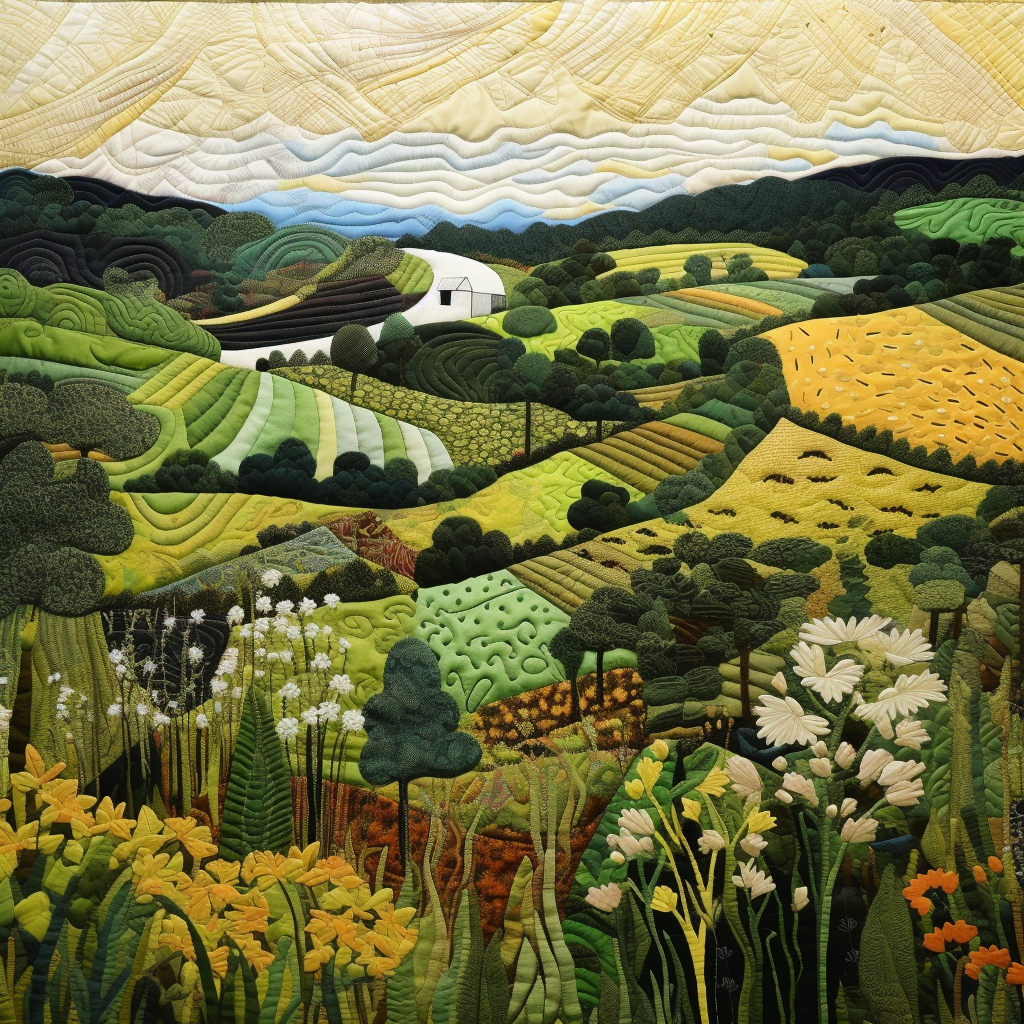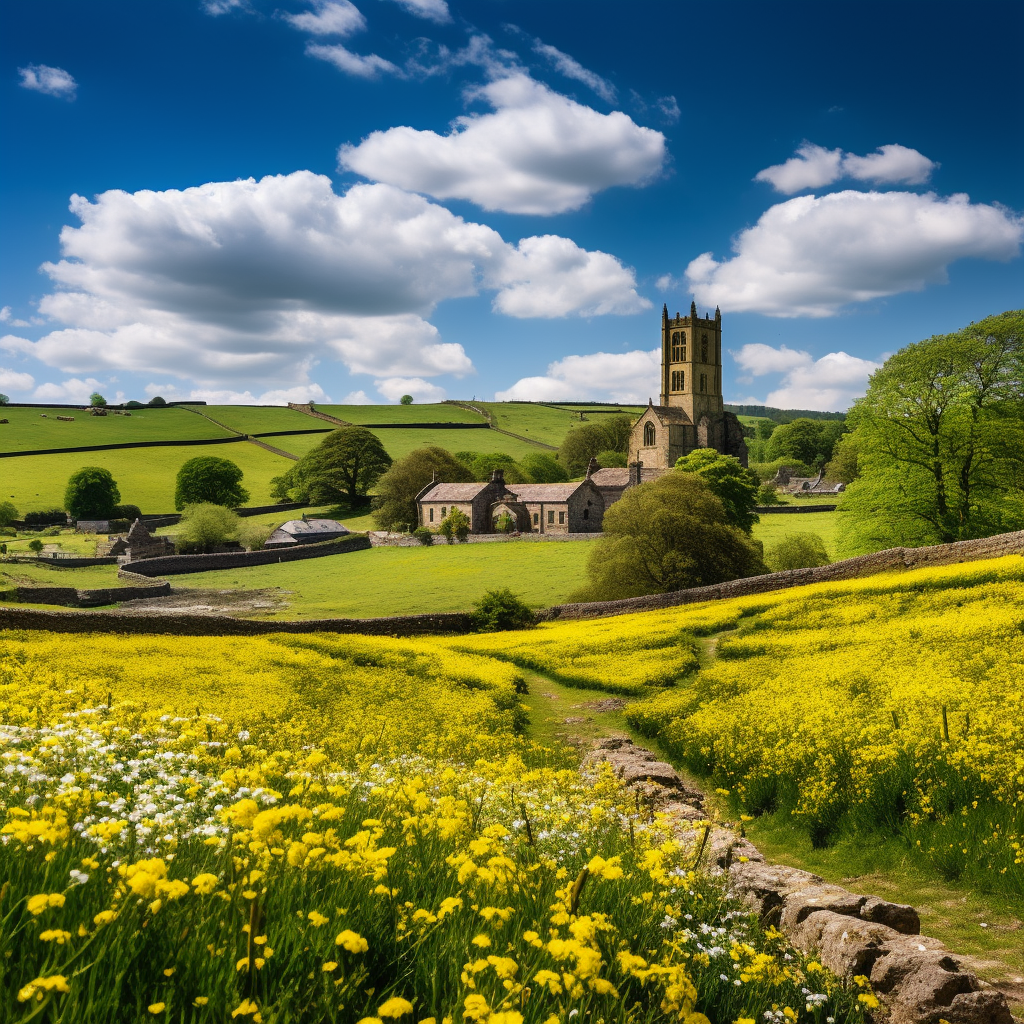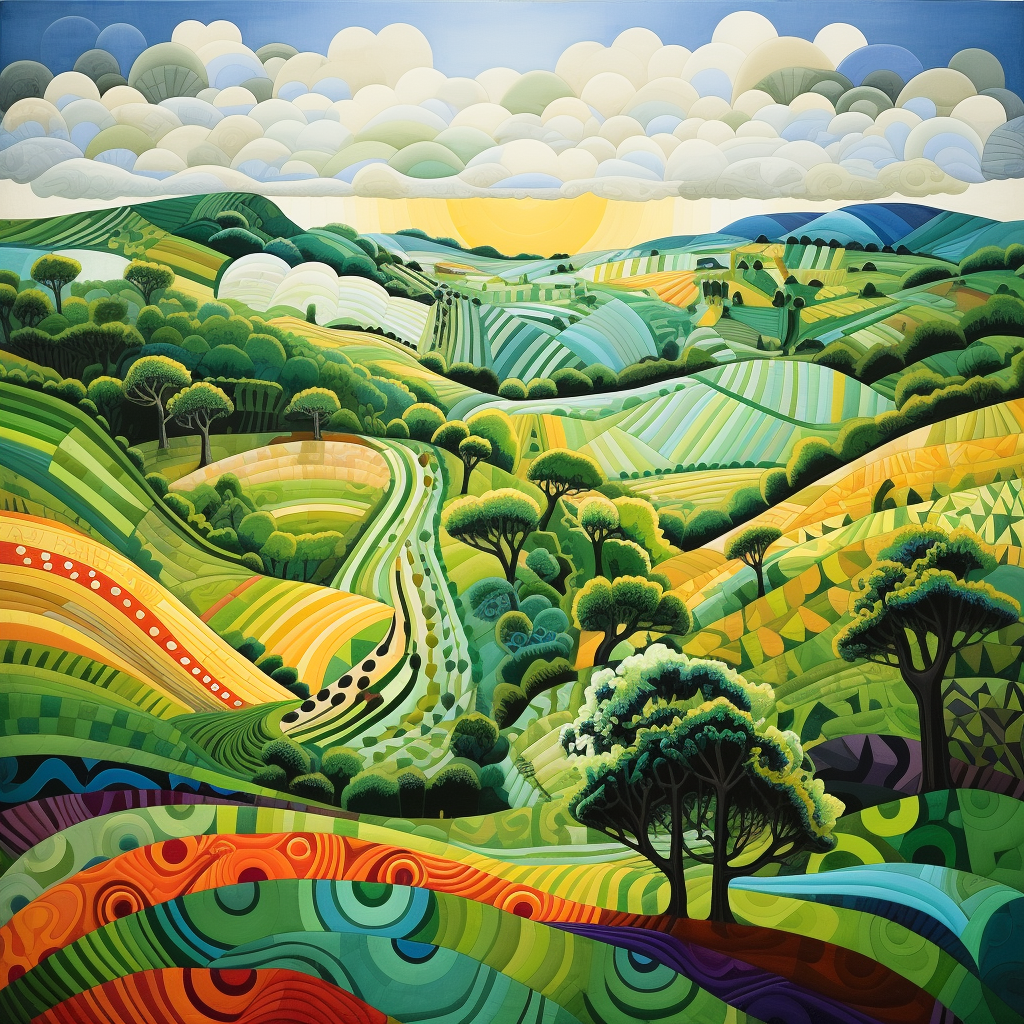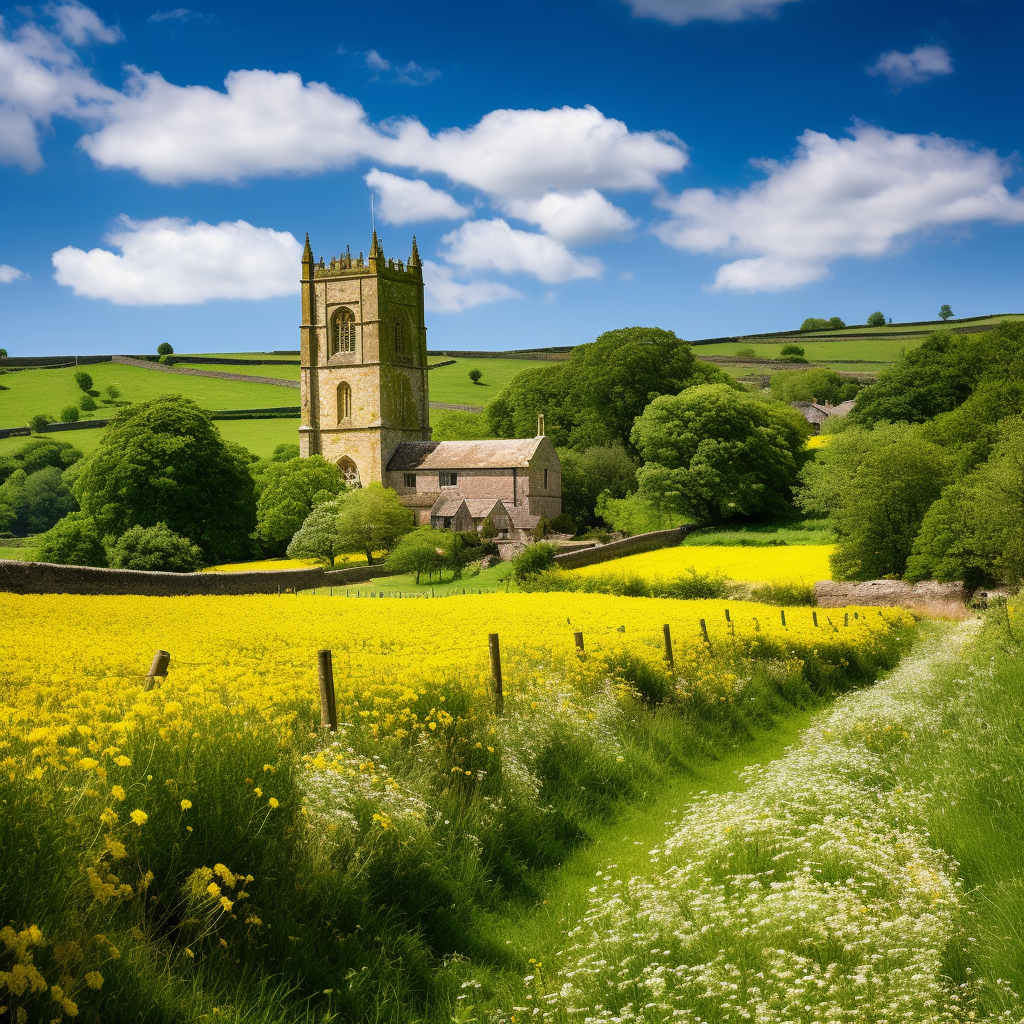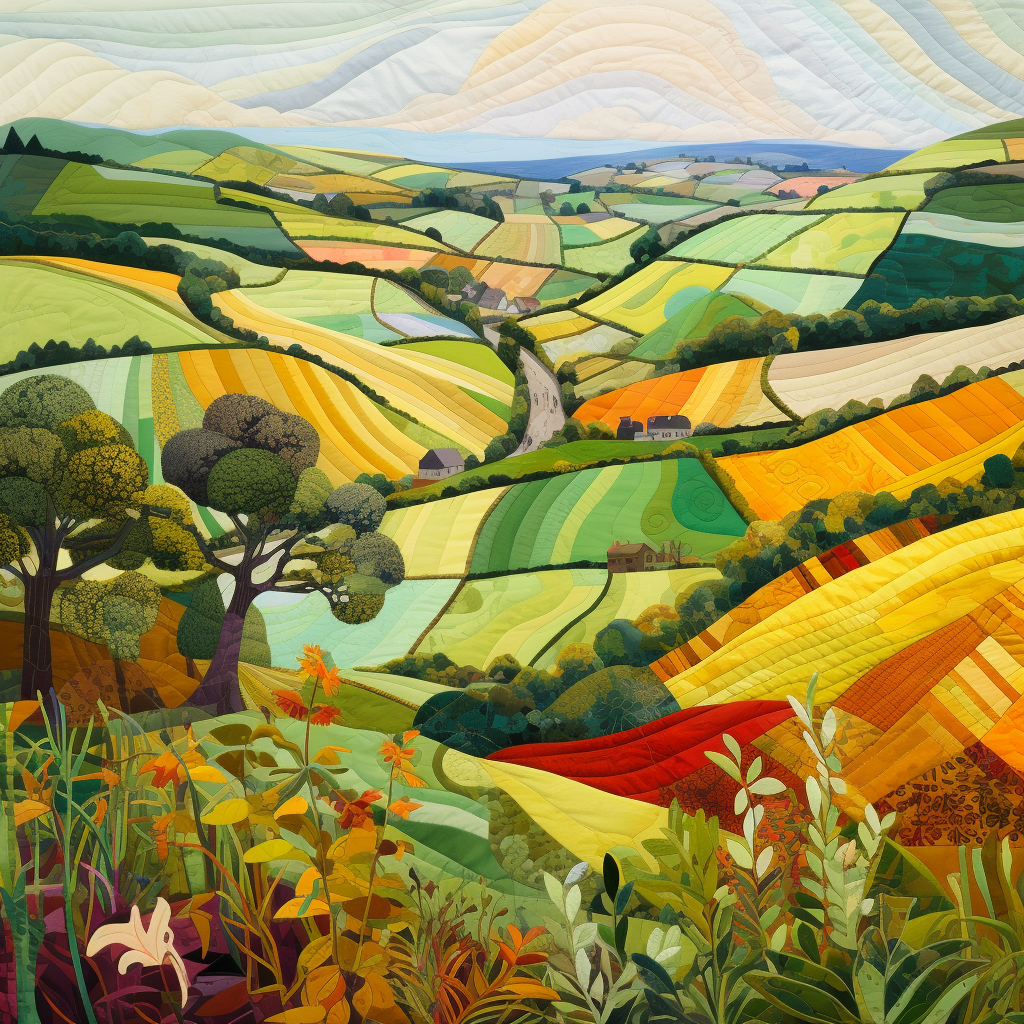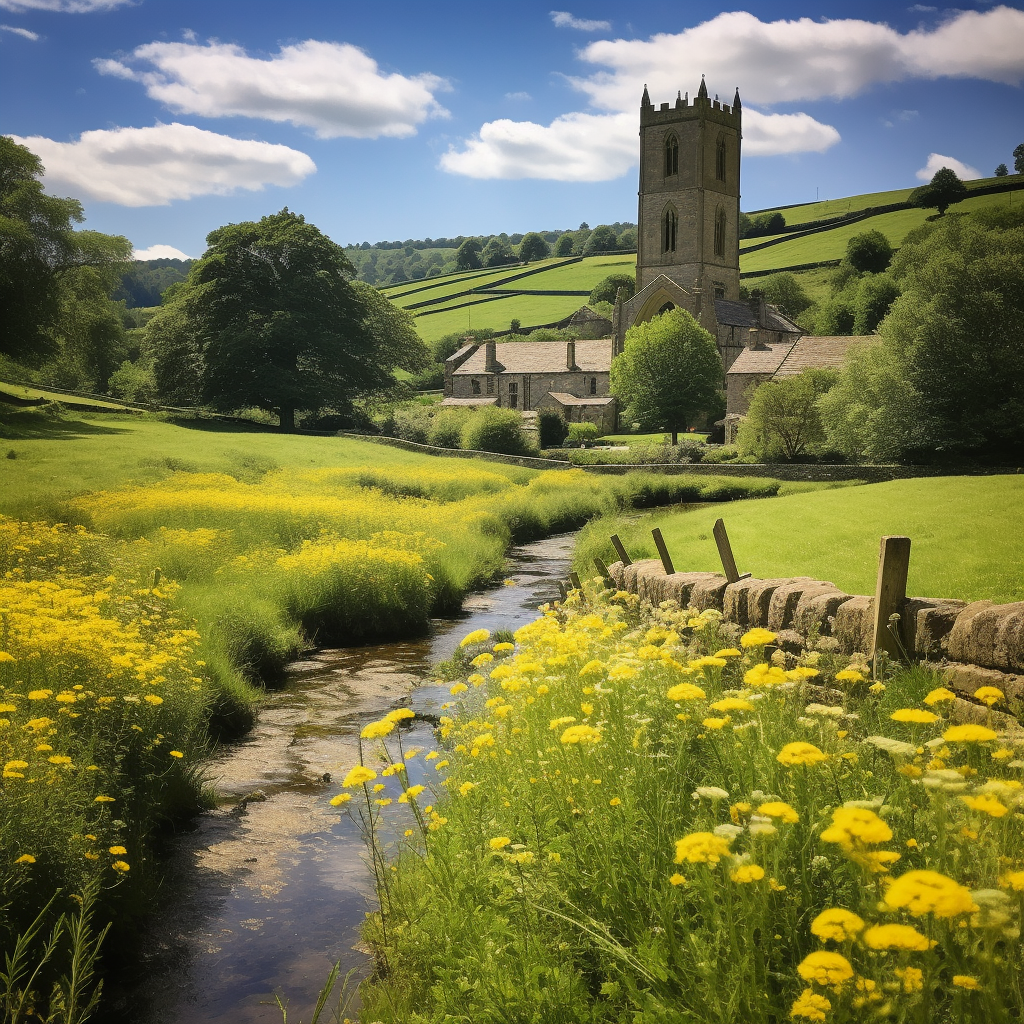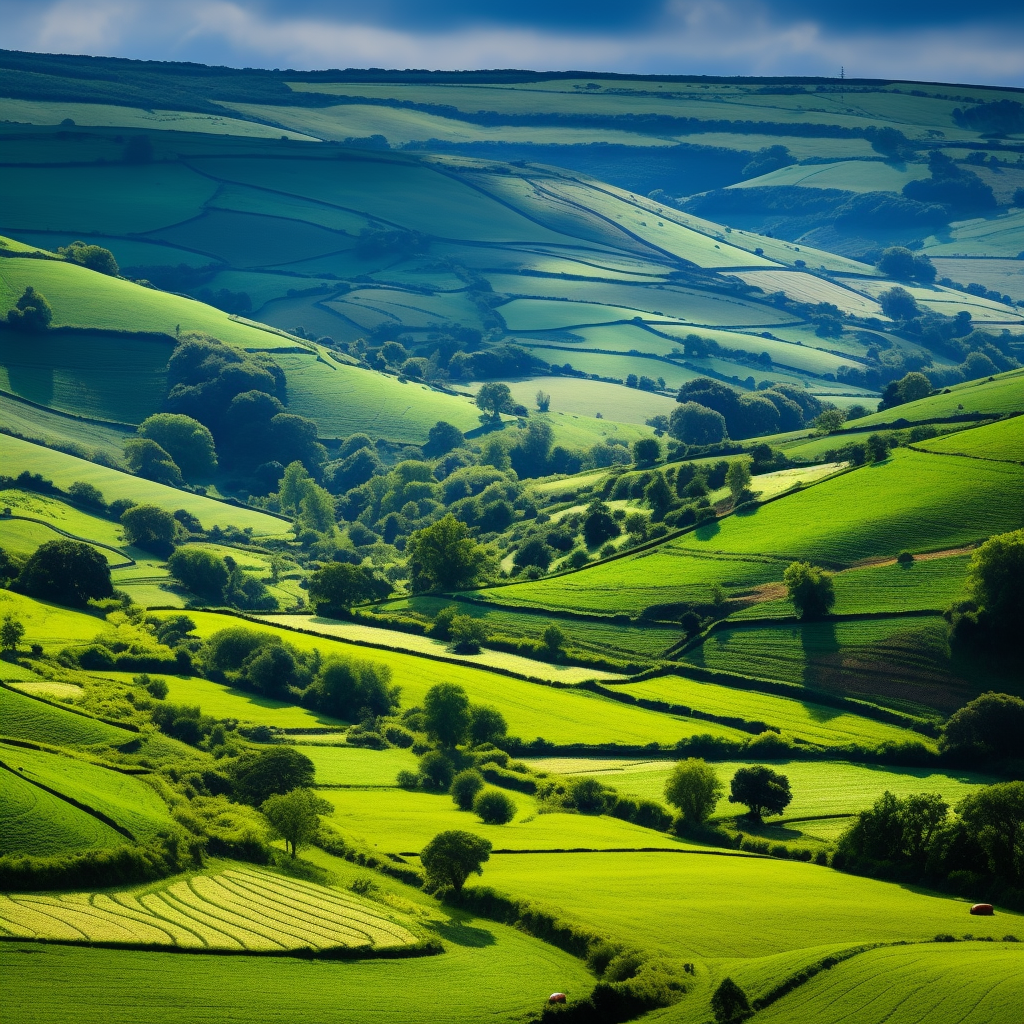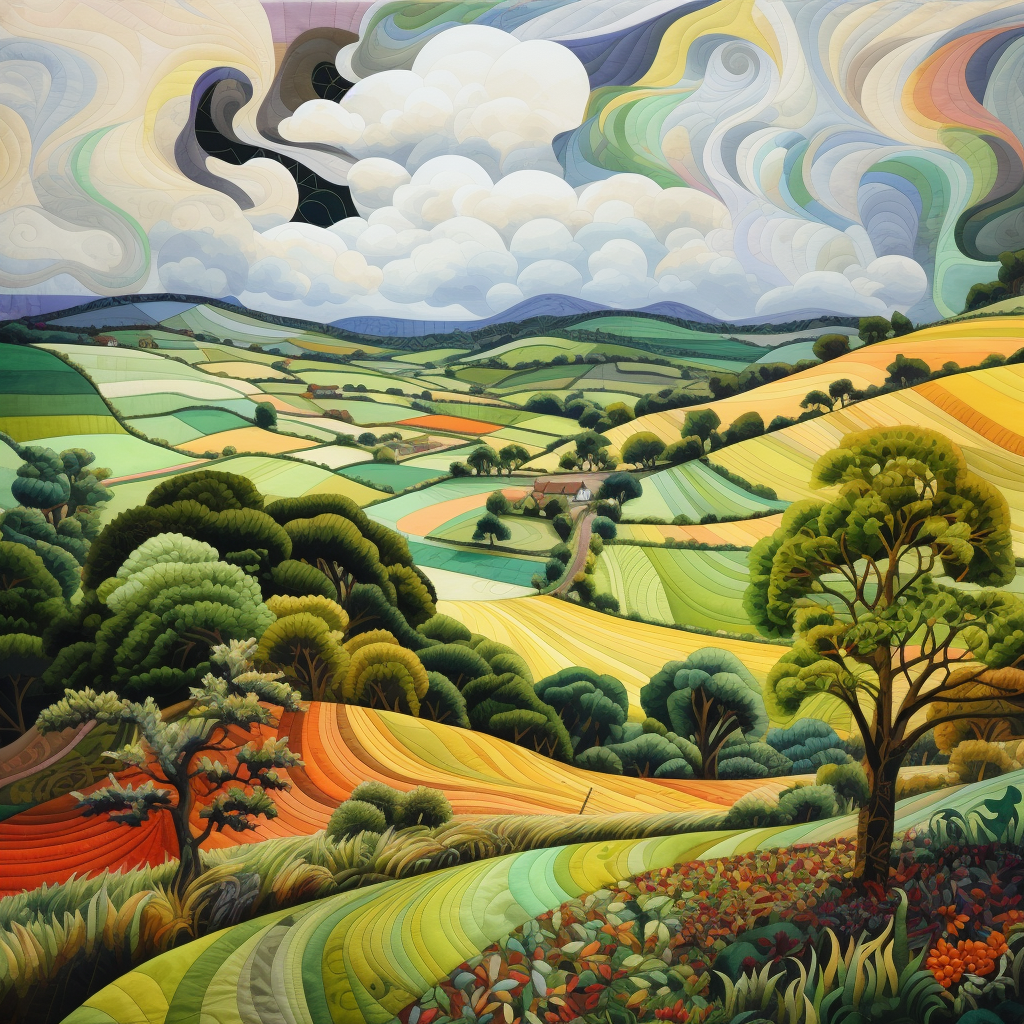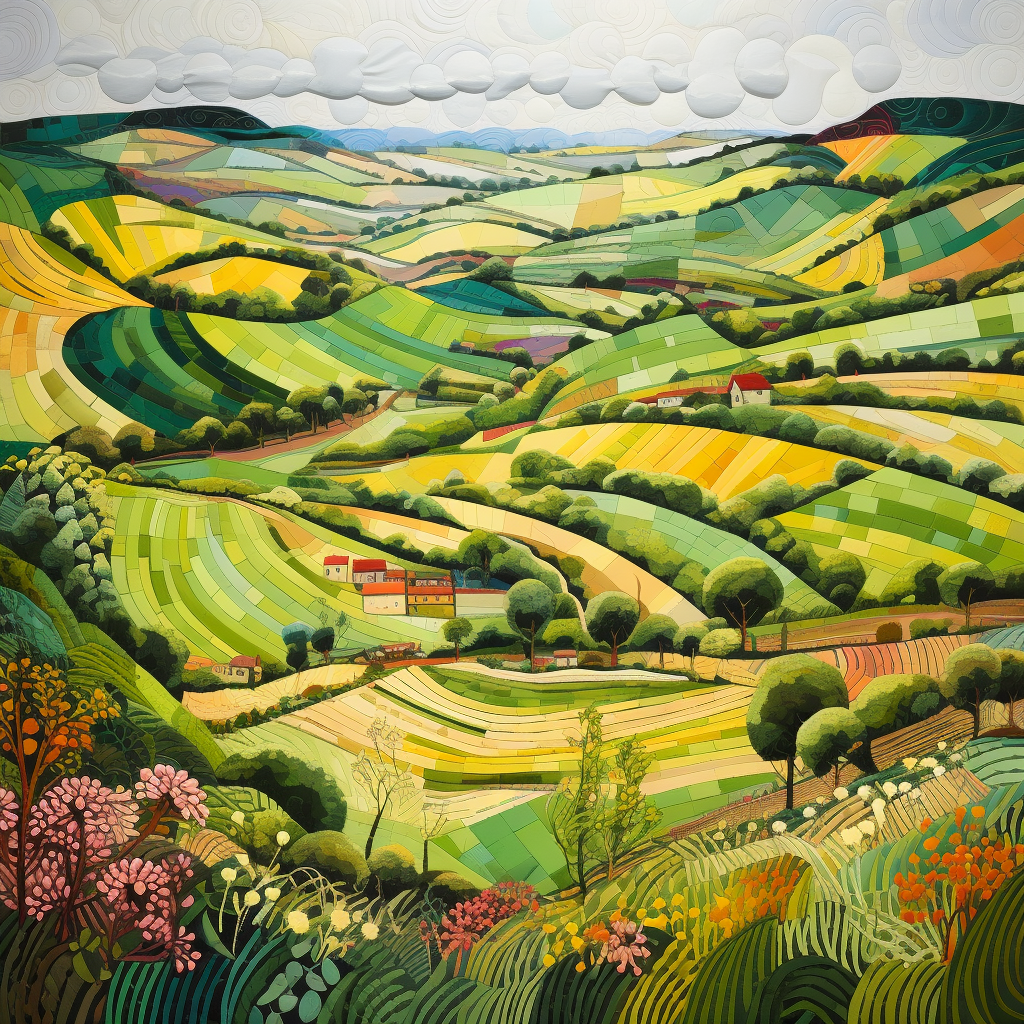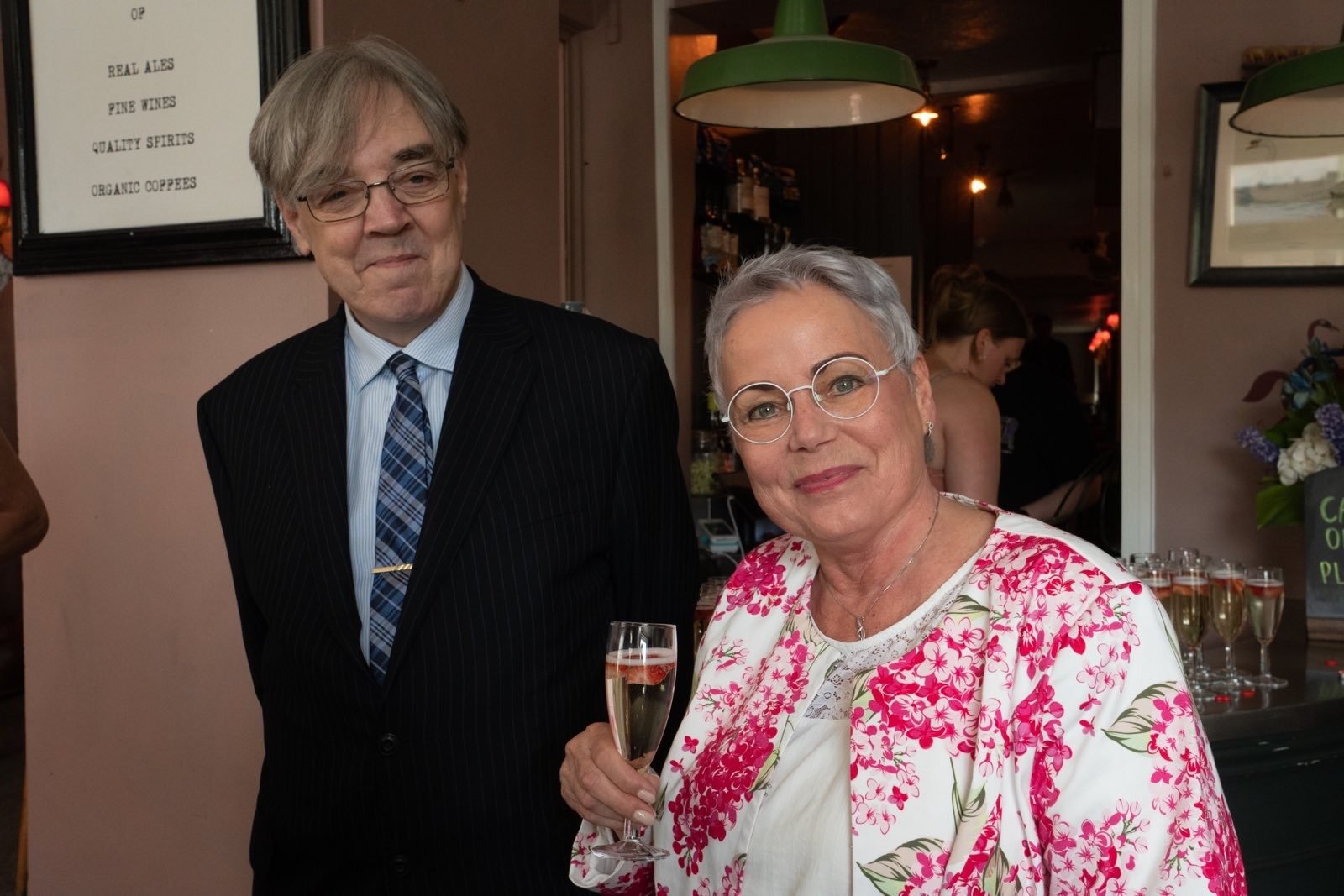A Month in the Country by A L Carr (revised book review)

Tom Birkin shortly before Passchendaele
A Month in the Country
by J L Carr
I’d not read any of Joseph Lloyd Carr’s works until I was introduced to this title. It is a short story told from the perspective of an art restorer, a young man, who has overcome the life-changing injuries he suffered at Passchendaele.
We find ourselves in a very small village on the edge, I think, of the Wiltshire Downs and the author gives us a tantalising glimpse of the White Horse as seen through medieval eyes. However, do please read the very important 2023 Note below regarding the Yorkshire/Kilburn White Horse.
The village is untouched by outside communities. It seems to look in upon itself.
Life, as always, revolves around religion and agriculture, agriculture and religion. The religion we see in the clash between church and reformist, and the author deals with this silliness over the interpretation of scripture with a really beautiful and insightful hand; at least so far as it touched me, as one having had a foot in both camps at one time, a period of life where for a time rationale departed from logic and science.
Agriculture in this work is that of a bygone age; and the author’s description of the harvest, the need for everyone to pull together to bring in the harvest, reminded me of that wonderful scene, against the backdrop of an orchestral rendition of ‘We Plough the Fields and Scatter’ in a similar film of country life, Ladies in Lavender.
But the author describes this beautifully in his Foreward in words that have the hint of Housman, and an Age that has long gone but which, as a toddler living above Stroud, I can just about recall:
…where my folks had lived for generations and where, in the plough-horse and candle-to-bed age, I grew up …
*
In one discussion (on page 72) between Mr Birkin and Alice Keach about religion, I see I’ve pencilled ‘Absolutely right. Hell on earth. Death is the escape to reality. Let there be no mistake about it. It’s as obvious as perennials’.
Mr Birkin’s work on the painting is beautifully interwoven into the overall story of different characters and personalities, all coming together in close proximity, clashes, amidst enigmatic and very believable conversations on the ladder in the belfry – just voices, one above, one below, no eye contact, and yet as the story unfolds and the painting is revealed, so too is a worldly passion unfolding and revealed, the what if’s of life that occupy us all at times; when suddenly Mr Birkin says of the main character he is revealing in the painting:
Who was he! I couldn’t even name him. People don’t seem to understand those far-off folk. They simply weren’t us. Our idea of personal fame was alien to them. This man of mine, for instance, knew nothing of earlier artists, so why should he suppose anyone would want to know anything of him? So it wouldn’t even occur to him to sign his work. Of the hundred, yes at the least a hundred wall paintings, I knew of only a single signature – Thomas Malmesbury at Ampney Crucis. (Page 70).
Mention of Ampney Crucis greatly appealed; here is a latter-day Cider with Rosie, another book that is talking about life within the counties that are right here and in which we all grow up. The Cotswolds, and rolling over into the Wiltshire Downs.
A village that has seen better times. A village that seems no longer to have a squire or manor; and a very large rectory that is of an already bygone age; the sweeping drive around, reminded me of the drive around in front of one of our Tudor Mansions outside Liverpool. In their heyday, it is easy to ponder and picture the arrival and departure of carriages, footmen, pillion riders, coachmen, and stable boys dashing about with shovels; then later on the first motors of a new age, but soon lost, as the village closes again in on itself and shuts out outsiders.
When Carr penned A Month in the Country he was treading quite dangerous ground, still.
And so he proceeds with caution and delicacy and, I also think, respect, for the plight that Mr Moon found himself in. There was a time when reading the revelation would have shaken my world to the core and the book would have been hidden or thrown away; the evidence stands too close and I could well be arrested – that would have been my thinking in 1980 and even in 1990.
Today, Mr Moon’s plight would puzzle the Millennial generation. This puzzlement, impatience even, I’ve witnessed first-hand in Liverpool and Manchester.
We speak of a bygone age, bygone prejudices – well almost – and impatience that there are still people living that can remember a more sinister time in the social and societal life of this country. And Carr handles the embarrassment with expertise as he causes Mr Birkin to be confronted with Mr Moon’s past, and thereby by his own admission, things were never quite the same again.
*
There are many delightful pieces of writing:
But it was only a curtain caught in a night breeze. (p100)
How does one know a house is empty? That house was and I knew it. I knew it even before my knocking was unanswered, even before I stopped to raise the flap of the letter box to peer into the darkness so concealing that only memory led me back along the stone-flagged corridors, into shuttered rooms, up uncarpeted staircases. … … and I pulled at it, hearing at first only a rasping scrape until, far off, deep inside the empty house, a bell answered: it stirred the stillness for no more than a moment. Yet, high on some wall, it must have still quivered like a live thing. (p101)
*
I found that last passage almost poetic. Indeed, it whisked me back to 19 Warton Street in The Four Seasons.[1] A very real place, a very real-time, a very real death in Lytham St Annes one lunch hour in September 2009.
Somehow I got through the rest of the day and, during the night, a wind got up, threshing athwart the ash trees, driving in great gusts at the tower so that, for the only time I lived in that tiny room, the bell above me stirred.
On page 102 Autumn steals the scene, against the writer’s foreboding.
On page 103 Ah, amantissima et delectissima. [Oh, most delectable, Goodbye].
In her Introduction to the book Penelope Fitzgerald, on page ix, brings to the fore that which is the concern of every writer, every artist, but almost always unexpressed … but Carr does express it through the Birkin character.
Fitzgerald writes:
Next, there is the long-dead, unknown wall painter himself, ‘a nameless painter reaching from the dark to show me what he could do, saying to me as clear as any words, “If any part of me survives time’s corruption, let it be this. For this was the sort of man I was.”’
Yes. I understand that. As this website increases day by day, country by country, hemisphere by hemisphere, continent by continent, I find myself thinking those exact thoughts regarding my family. One can but hope. Nothing more.
*
In Carr’s Foreward on page xv, he writes that which is music to my ears, and to a great many other writers, I’m sure.
“Novel-writing can be a cold-blooded business. One uses whatever happens to be lying around in memory and employs it to suit one’s ends. The visit to the dying girl, a first sermon, the Sunday-school treat, a day in a harvest field and much more happened between the Pennine Moors and the Yorkshire Wolds. But the church in the fields is in Northamptonshire, its churchyard in Norfolk, its vicarage London. All’s grist that comes to the mill.”
The influence of A. E Housman on Carr is profound, clear, and deliberate. He echoes Housman’s A Shropshire Lad, and that immediately connected like a lightning bolt to my inner thinking … that other wonderful line by Housman I came across at school, mesmerising me but not quite sure why, until we were all on Cleeve Hill above Cheltenham and the lines were alive:
The lamps in England lighted
And evening wrecked on Wales
I remember tingling within, as I gazed at the Malverns in England as the lamps brightened and glistened with the setting sun, and then gazing slightly to the left with awe as I watched the clouds racing over the Welsh Mountains, my God, I thought … there it is … ‘and evening wrecked on Wales’.
A Month in the Country is like a lifelong friend. No matter how many times we read a title, our friend reveals even more. Now that is friendship.
16 August 2023
All Rights Reserved
LIVERPOOL
© 2023 Kenneth Thomas Webb
Dedicated to Frau Rita Schneeweiß and to my niece Caroline, both, like me, lovers of books in print.
An Important Note from 2021
It is a great joy to see this review glimpsed by friends in Denmark. Greetings to you all. Likewise to Sweden who also has chanced upon this page today. Let us look forward to a brighter 2022 which we shall achieve, even though our progress in 2021 will sometimes be a tumble or two. Above all, let us remember the price paid and guard against any who would have us robbed of our freedom and liberal democracy, especially those troublemakers whose first language is English. In a phrase to such trouble-makers, ballot box! Oh! Where did he go?!? What did I say? How strange. KTW 13 March 2021
A Year on, and that misspent optimism shows us how just one man can not only turn the world upside down, but deliberately invades an independent country and sees no reason to stop, even though he knows that he is sending thousands of his ill-prepared, undisciplined conscripted soldiers to their deaths, even though he knows he is pitting them against highly professional armed forces trained and supported by NATO on land, on the sea, beneath the waves, and with very regrettable slowness in the air; even though he knows that every decision, every calculation he makes has resulted in the deaths of thousands of innocent civilians, and this continues.
A Most Welcome Note from December 2022
Bluntly, the West needs to batten down the hatches. That tyrant is going nowhere. Reading through comments, one sent to me a year ago only caught my eye today, 29 December 2022.
I’m sure the person who sent me the post will not mind being quoted although I rightly withhold personal details. But the comment delighted me. When I read A Month in the Country I had decided that Carr sets this story in Wiltshire, partly because I know the Vale of the White Horse well.
As the saying goes, it is quite easy to make two plus two equal five.
The person writes:
“Just to mention that the White Horse is the Yorkshire/Kilburn White horse near Thirsk and the story is set in N. Yorks; they visit Ripon to buy the new organ. But the story, of course, is a template of village life in the 1920s with summertime and harvests, very like Wiltshire, and other influences you mention, although I suppose Yorkshire readers might disagree. Definitely a book not to be missed.”
The Gallery ~ A Month in the Country
These islands are a patchwork of counties and my school geography book fascinated me on one page in particular … a gorgeous patchwork quilt of many colours showing me all of the counties from John O Groats on the northernmost tip of Scotland to Lands End, at the toe or tip of Cornwall and England in the southwest. Obviously, the Gallery is a tiny collection of such patchworks. They knit together in all four nations of the united Kingdom an absolutely essential part of our history. We, today, are the sum total of our ancestors stretching back thousands of years. As we advance along the timeline, we merge with our ancestors, and upon which our descendants must build afresh. I am not quite sure whether we have realised that our time is fleeting, that we are here this morning but gone by the evening.
I’ve refrained from displaying an image of the two White Horses referred to in this revised review. But a delightful time can be spent online visiting all of the White Horse sites throughout these Islands.
It is also important to point out that I have used my writing to generate these images. In other words, we look at digital art. The portrait, likewise of Tom Birkin, is my interpretation; it is how I see him, and used my writing style to see what would happen.
A note of caution. I think of artists, real artists, professional artists internationally renowned, and amatuer artists. I think of the incredible works I have seen, the canvases still being worked on, and we really do need to stay ahead. Professional Artists need protection.
.K.
[1] Meanderings published by Spiderwize Oct 2011
Ken Webb is a writer and proofreader. His website, kennwebb.com, showcases his work as a writer, blogger and podcaster, resting on his successive careers as a police officer, progressing to a junior lawyer in succession and trusts as a Fellow of the Institute of Legal Executives, a retired officer with the Royal Air Force Volunteer Reserve, and latterly, for three years, the owner and editor of two lifestyle magazines in Liverpool.
He also just handed over a successful two year chairmanship in Gloucestershire with Cheltenham Regency Probus.
Pandemic aside, he spends his time equally between his city, Liverpool, and the county of his birth, Gloucestershire.
In this fast-paced present age, proof-reading is essential. And this skill also occasionally leads to copy-editing writers’ manuscripts for submission to publishers and also student and post graduate dissertations.


